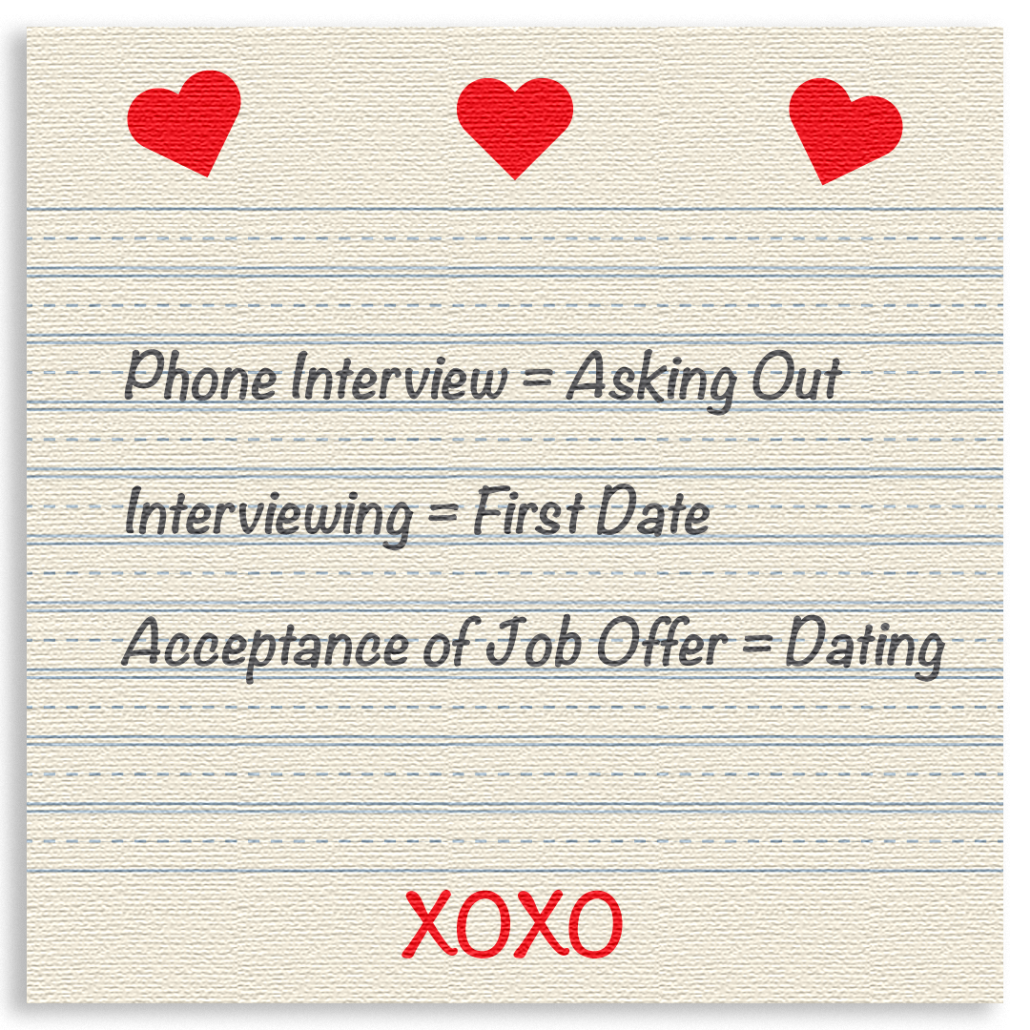Let’s face it…employee onboarding can be problematic. Particularly because it plays second fiddle all too often to its predecessor – the recruiting process. Furthermore, onboarding is complicated by the fact that so many moving pieces must align to effectively realize an organization’s end goal for the effort…arming a new hire with the tools and knowledge to thrive in her new organization. Oh, and doing so while also instilling in her a real sense that she’s found her new work home.
Make no mistake though – the employee onboarding process must be a regular priority if you want your organization to be the coveted employer of choice in your industry and/or community. However, before you can determine what adjustments should happen with your own company’s process, it’s helpful to be familiar with potential red flags. In this blog, I’ll review a list of common problems with employee onboarding.
Failure to Launch – No Compelling Business Case
If you find yourself surrounded by members of senior management that think onboarding is still just about getting new hire paperwork completed the first day, then it will be an uphill battle to sell your boss on how the benefits of onboarding improvement will outweigh the costs. However, making a business case for employee onboarding process reengineering doesn’t have to be too difficult if you go about it the right way.
Consider the business outcomes that matter most to your company. Now ask yourself how many of those outcomes are driven by people? I’ll be surprised if you don’t say all of them…and so that’s where you start building your momentum with management. While there are certainly costs associated with addressing your onboarding issues, your objective is to demonstrate how the expected return on investment of the change will outweigh the current opportunity cost of doing nothing. After all, engaging your people to be more productive and content over a long tenure with your organization will ultimately drive your bottom line.
As you make your case for change, don’t just go for a blessing from upper management. In order for your program to succeed, you absolutely must get their involvement and public buy-in, as well. Otherwise, the program will lack the credibility it needs to succeed long-term.
Poor Participation from Stakeholders
Speaking of getting company brass to cheer on your revolutionary onboarding efforts, don’t forget the importance of rallying your peers. These are the other stakeholders included in employee onboarding such as hiring managers, new hire buddies, mentors, cube mates; and, those tasked with the administrative side of the process including equipment provisioning, payroll enrollment, form approval, etc. Even though the HR team is often the department that champions the importance of onboarding and is therefore tasked with keeping others accountable, the other stakeholders must embrace the process and make it their own, too. All too often there is a disconnect here–other departments must be encouraged to jointly own the onboarding process with HR. Otherwise, they are only hurting their own departments’ (and organization’s) productivity and morale in the end.
A root cause of this problem is the failure to train stakeholders on how to deliver an optimal experience to new hires during onboarding. Additionally, part of training should include dialogue about why the process is critical to success; and, it can easily borrow from the business case details already made to upper management.
Details Slipping Through the Cracks
Many circumstances can affect the extent to which details are missed during employee onboarding. If you don’t yet have a documented onboarding checklist then some of the following items may sound familiar. Some common examples of missed details include:
- employee’s key card doesn’t function on the first day
- a key piece of equipment did not arrive before the employee did (i.e. laptop, computer mouse, cell phone, etc.)
- new hire arrives before supervisor does on the first day
- email address isn’t set up by IT in time
- employee uniform wasn’t ordered before the new hire arrived
- a benefits enrollment meeting was forgotten and the new employee is rushed to make decisions as a result
Not only does the omission of these details leave your team scrambling at the last minute, but it also makes a shoddy first impression on your brand new employee. For additional motivation, think about what new hires facing these setbacks may be saying about their first few days to their family and friends. Now, think about how that might be amplified on social media. Great onboarding is great PR for your business.
Blind Onboarding Faith
Many of us in human resources appreciate the opportunity that our profession offers to really help and support people. That inclination toward a glass half-full mentality can quickly turn into the belief that doing something different is good enough…because at least it’s better than what we used to do, right? It’s not enough to just fix it and forget it…you’ve got to measure, too!
Here’s what happens when your process isn’t documented and you don’t have any ongoing metrics.
- No one owns the effort, there is no project champion to keep others accountable (which leads to…see “Details Slipping Through the Cracks” above)
- Because there is no benchmark (even if it starts at the bottom of the barrel), you don’t really know when real improvement has been made
- Therefore, it becomes unclear whether the process is failing, flailing or actually fulfilling
A documented employee onboarding process enables you to state objectives and identify key performance indicators that support business outcomes. It includes periodic opportunities to evaluate progress, discuss lessons learned and enact action steps. Central to the lessons learned component, is the necessity to gather feedback from all participants…both new employees and stakeholders. Not doing so really does leave you flying blind for the future.
Not Taking Your Time
Timing is a strategic element of rock star employee onboarding. Without support from others involved, if you start off too strong, the effectiveness of efforts can fizzle out too early due to lack of direction. Or, in the absence of preparation and organization, activities can lag leaving the new employee bored and disengaged.
Many organizations don’t devote enough time to employee onboarding. If your current process isn’t comprehensive enough to go beyond paperwork and directions to your breakroom, you have room to grow from both ends of the process. Incorporate pre-boarding activities before the new hire’s first day to calm his nerves and get some of the administrative items out of the way. Then, expand your view of onboarding beyond a few days to include opportunities for training, mentoring, culture assimilation, performance management and employee feedback during the first year.
Conversely, some organizations have good intentions but try to pack too much into a short time period in the hopes of making the employee productive sooner than reasonably possible. Don’t force new hires to drink from the fire hose. Trying to digest too much information in only a few days will lead to poor retention anyway. To alleviate this potential issue, some smaller companies invite full-time new employees to work a few half days their first week. This allows the new hires to soak up the information with a better chance of retention, and it places less demand on the process stakeholders in a small business to be with the new hire constantly (thus, pulling them away from getting daily work done for a long period of time, too).
Not Customizing the Experience
Depending on the size of your organization, allowing for a good deal of flexibility may be necessary within your onboarding process. After all, some of the activities and requirements for onboarding a C-level executive at corporate headquarters will differ from the details associated with welcoming a new machine operator at a production plant in another region.
Failing to customize the employee onboarding experience can be just as detrimental as not having much of an onboarding process, too. No new hire wants to feel like the latest model coming off the just-in-time onboarding assembly line. Determine the core elements of your process…those activities that should be introduced to all new hires, and then flex the experience to cater to different new hire requirements that may be based on:
- employee geographic location
- department and/or division
- employee role / level in organization
- special accommodations for employee
- assessment results
Overlooking Technology Solutions
Because the definition of employee onboarding encompasses so much more than in the past, it’s no surprise that so many potential problems now exist. There’s so much to track, so many others to involve. Growing organizations begin to utilize independent systems to alleviate some of the administrative burden. Emails are manually sent to different stakeholders to remind them to order business cards, create a timesheet and coordinate their department members’ schedules for a new hire lunch. Excel spreadsheets are used to keep track of which employees have signed off to acknowledge the latest policy update.
This piecemeal approach to systems is a step in the right direction; however, it pales in comparison to the efficiency and productivity that can be realized with web-based onboarding technology. Having a single system to integrate all onboarding-related forms, tasks and activities can fix many other problems…and at the very least free up time to address the other more strategic aspects of the onboarding process.
Robust employee onboarding software can handle your tasks, notifications, employee signatures and HR countersignatures, form updates, prompts for benefits enrollment, equipment provisioning, training curriculum and more. Plus, moving cumbersome paperwork into the cloud means no more illegible handwriting and incomplete fields on statutory forms.
The popularity of gamification has important ramifications for onboarding, as well. Use it to revitalize the way you train employees and hold them accountable for progress. By turning what might otherwise be tedious sessions in memorization into interactive, rewarding simulations, knowledge retention will increase and employment brand perception will improve, as well.
Shabby Face Time
Despite the increasingly prevalent role of technology in employee onboarding, it’s imperative that companies still build in frequent “face time” opportunities. Think of these sessions as chances to deepen the employee-employer bond, as well as a window to take the temperature of your onboarding process.
Companies that neglect these activities will fail to reiterate and elaborate on their expectations for the employee in her new position. Valuable discussion regarding timelines for achieving certain performance levels will be lost. Conversation about specific job success factors will be forgotten. If you don’t recognize the importance of the timing of these discussions, as well as your follow-through on any relevant action steps that result from them…your precious employment brand will undoubtedly suffer–specifically, in the form of early turnover that probably could have been thwarted.
Overcome Your Onboarding Problems
Now that you are better equipped to see your problems’ impact on your own onboarding process, it’s time to start laying the groundwork for innovative change. But with any process improvement, it’s important to visualize your destination before charting your course.
Examining the approach and creative ideas of peer organizations can be a helpful exercise at this stage of the game. Good ideas elsewhere may not always work well with your own industry/culture/location; however, a few golden nuggets will surely surface.
ExactHire works with small- and medium-sized organizations to help them leverage technology in hiring. For more information about our employee onboarding software, try our pricing estimator and/or schedule a live demo with us today.
Image credit: Seedling  by Ray_from_LA (contact)
by Ray_from_LA (contact)

![]() by Thor(contact)
by Thor(contact)

